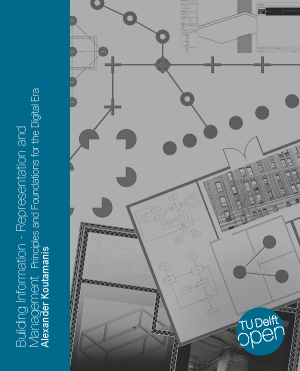Practical AWS Diagram tutorial and examples
6-7 minutes
Amazon Web Services (AWS) was launched in 2006, and has since become one of the one of the most popular cloud platforms currently available in the market. The AWS Cloud computing is increasing in a rapid manner from the past few years. It has come up with high-performance scalability, reliability, agility and responsibilities with certain design principles to run AWS on system efficiency. With this AWS Architecture diagram, one can easily understand and acquire clear knowledge about architecting, building and running applications on AWS technology.
Advantages of cloud computing
- Trade capital expense for variable expense – Instead of having to invest heavily in data centers and servers before you know how you’re going to use them, you can pay only when you consume computing resources, and pay only for how much you consume.
- Benefit from massive economies of scale – By using cloud computing, you can achieve a lower variable cost than you can get on your own. Because usage from hundreds of thousands of customers is aggregated in the cloud, providers such as AWS can achieve higher economies of scale, which translates into lower pay as-you-go prices.
- Stop guessing about capacity – Eliminate guessing on your infrastructure capacity needs. When you make a capacity decision prior to deploying an application, you often end up either sitting on expensive idle resources or dealing with limited capacity. With cloud computing, these problems go away. You can access as much or as little capacity as you need, and scale up and down as required with only a few minutes’ notice.
- Increase speed and agility – In a cloud computing environment, new IT resources are only a click away, which means that you reduce the time to make those resources available to your developers from weeks to just minutes. This results in a dramatic increase in agility for the organization, since the cost and time it takes to experiment and develop is significantly lower.
- Stop spending money running and maintaining data centers – Focus on projects that differentiate your business, not the infrastructure. Cloud computing lets you focus on your own customers, rather than on the heavy lifting of racking, stacking, and powering servers.
- Go global in minutes – Easily deploy your application in multiple regions around the world with just a few clicks. This means you can provide lower latency and a better experience for your customers at minimal cost.
Why AWS – The 5 pillars
Creating a software system is a lot like constructing a building. If the foundation is not solid, structural problems can undermine the integrity and function of the building. When architecting technology solutions on Amazon Web Services (AWS), if you neglect the five pillars of operational excellence, security, reliability, performance efficiency, and cost optimization, it can become challenging to build a system that delivers on your expectations and requirements.











